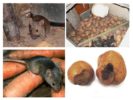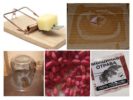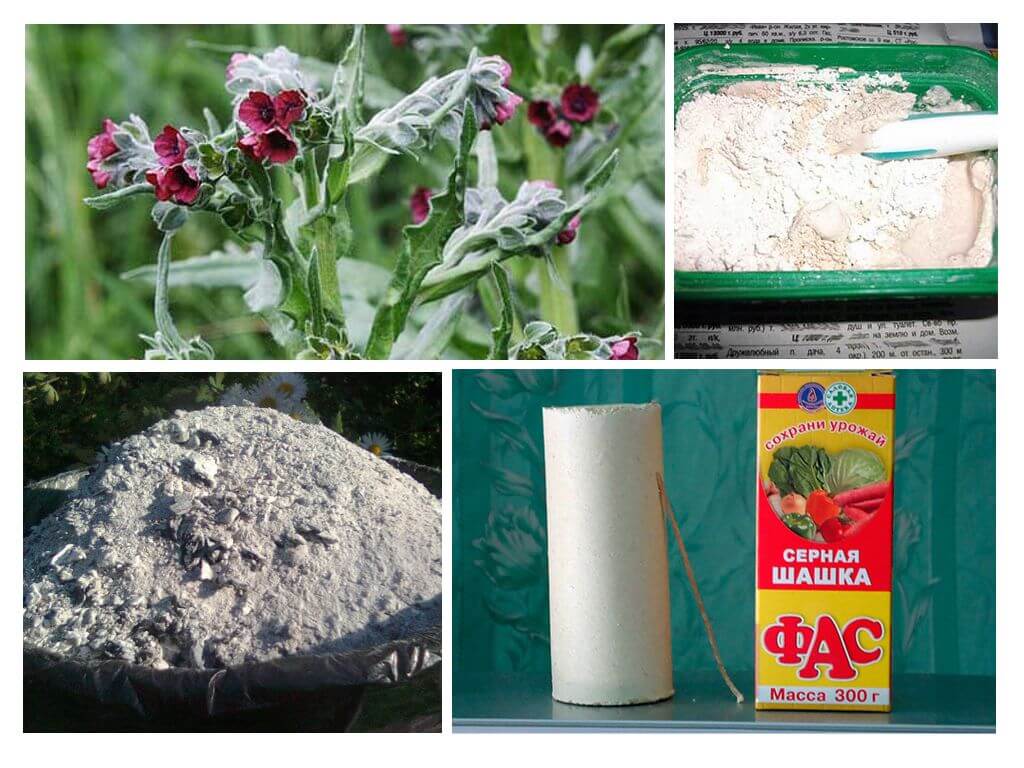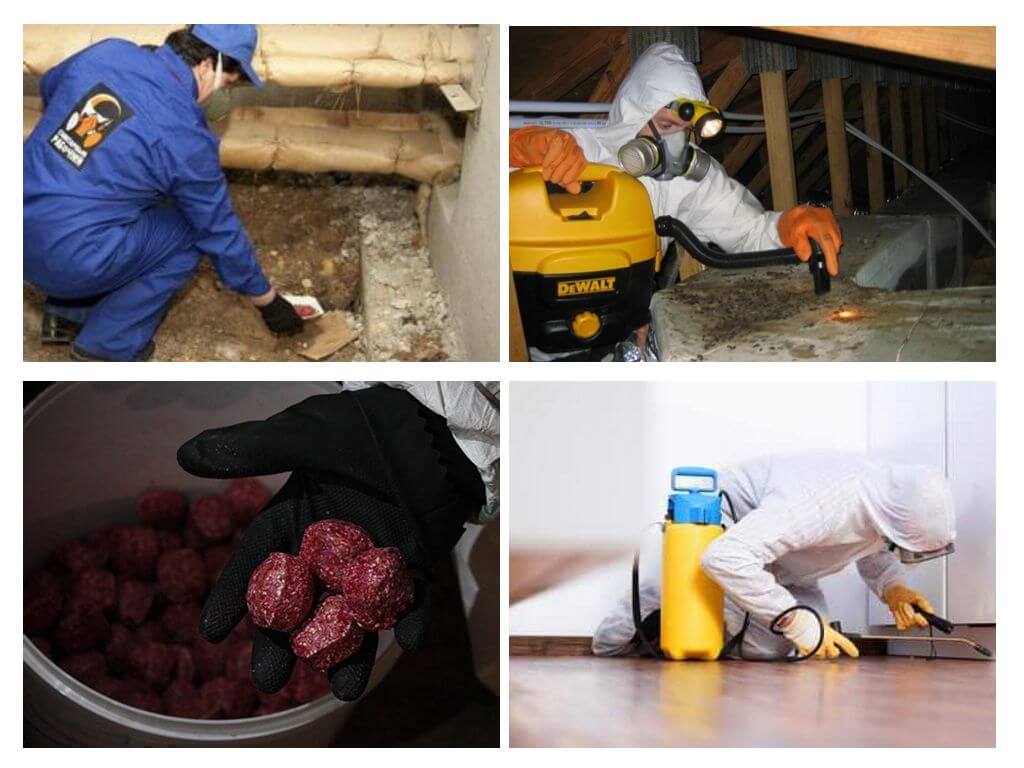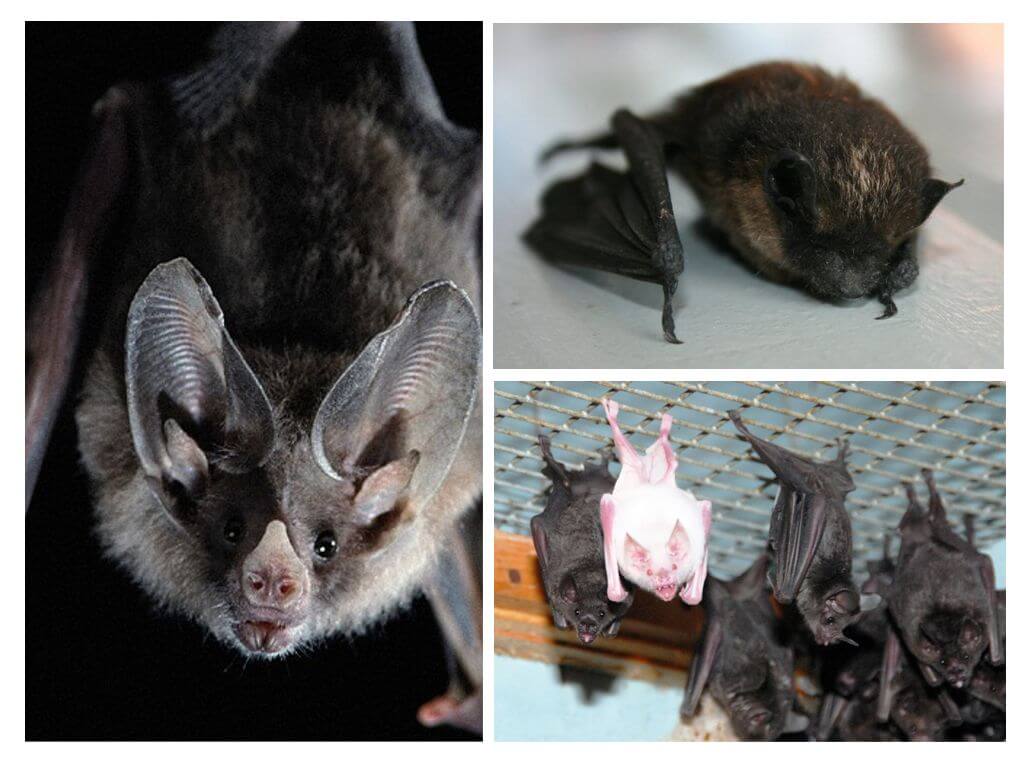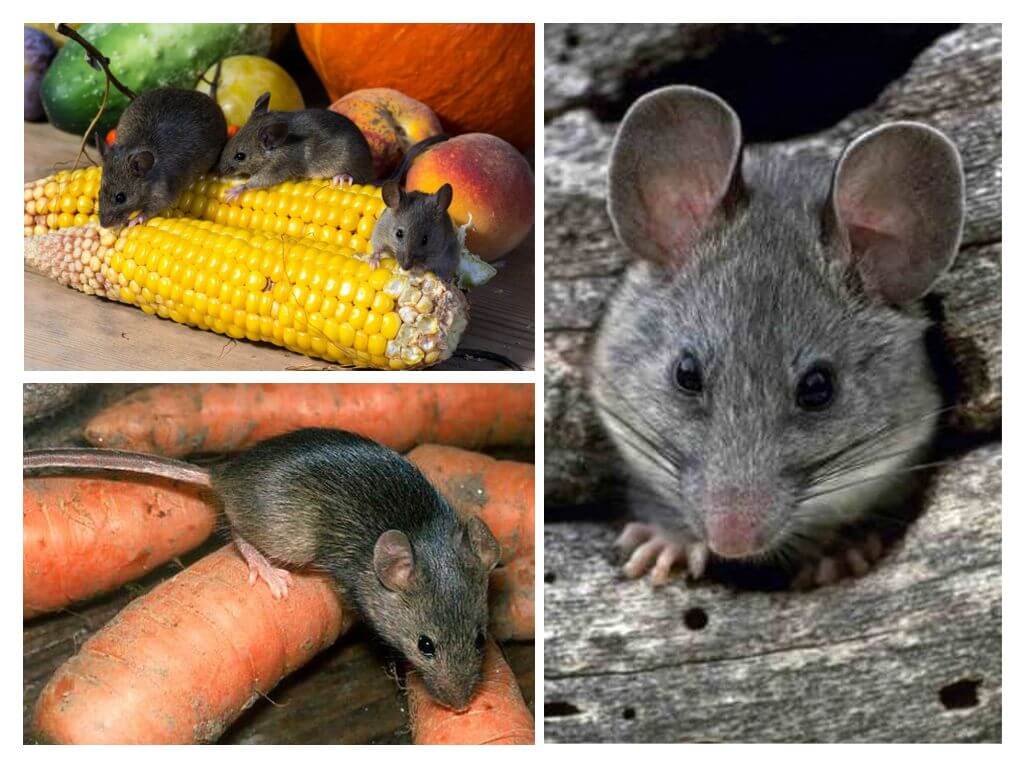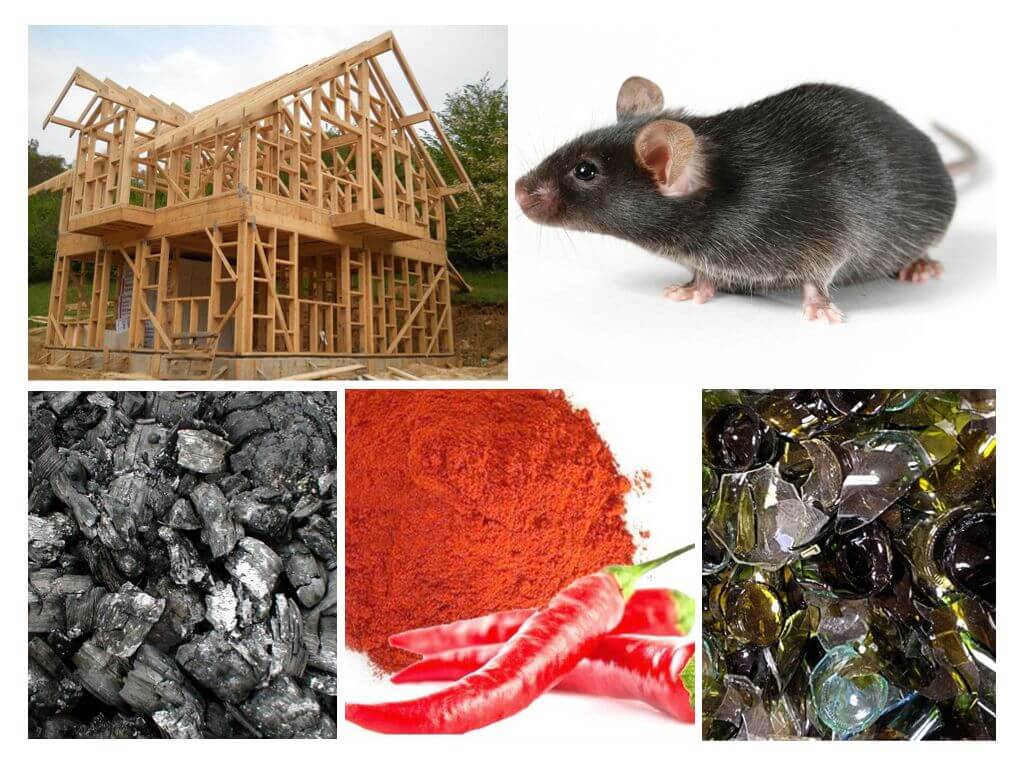- Mice in the cellar
- Pest control
- Folk remedies for mice
Mice and rats, settling in a cellar or basement, can cause great trouble: they eat foods prepared for the winter, gnaw and spoil boxes and even concrete, and are carriers of many infections. Therefore, learn how to get rid of mice in the cellar, what methods exist rodent controlevery house owner wants.
Preventative measures
When the owner, having visited the cellar, discovers that the mice in the cellar are gnawing potatoes and spoiling food and things laid for the winter, digging passages in the walls and arranging nests to remove the mice, he will face the problem of taking urgent measures to destroy them. You can worry in advance and prepare the cellar for the winter.
Before the winter season, before filling the cellar with food, it is recommended to take preventive measures that will help prevent rodents in the basement:
- the doors to the cellar should be beaten with metal sheet;
- close the ventilation outlets with a net or metal with small holes, it should be noted that small mice are quite capable of crawling into small holes with a diameter of a pencil;
- if possible, close all products in sealed containers with tight-fitting lids.
All these measures will be effective only if the cellar has concrete or brick walls through which rodents cannot climb.
Ways to deal with mice in the cellar
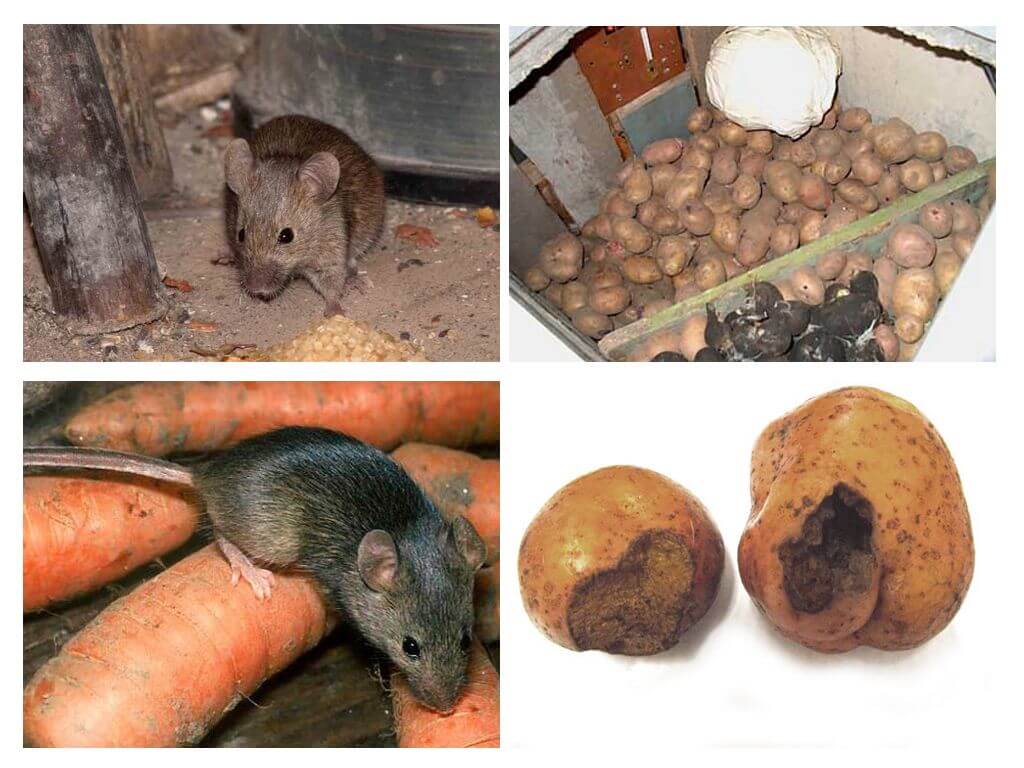
You can fight mice in the cellar in winter and summer using various methods:
- mechanical methods;
- the use of poisons;
- the use of folk remedies;
- setting ultrasonic repellers.
Mechanical methods of struggle
The most widely known method is to put a cat in the cellar that loves to catch mice and is hungry enough. Even a cat smell can scare away rodents from this place. However, the method has some drawbacks: it cannot sit there for too long, and the owner will have to check all the time, did the cat eat mice in the cellar. For the whole winter, you won’t put a cat there and it is not known whether it will be able to catch all the rodents.
Important!
When launching a cat or cat into the cellar, care should be taken that there are no toxic baits or dead mice. Otherwise, the death of the mouse.
You can use other methods of struggle. Means of mechanical destruction of mice include:
- Mouse trap, which can be purchased at the store or made independently. Their main disadvantage is the small number of pests caught, and the advantage is the convenience for fighting mice in winter and the ability to control the number of rodents killed.
- Glue traps designed to glue the mouse, which is trying to get the bait. This method is not always suitable for people who prefer not to watch the mouse agony.
- Homemade traps with bait: from a plastic bottle with a little vegetable oil poured, placed at a slight angle. When the mouse gets into the smell of oil there, it will fall into the bottle, and it will not be able to crawl out due to slipping its paws in the oil.
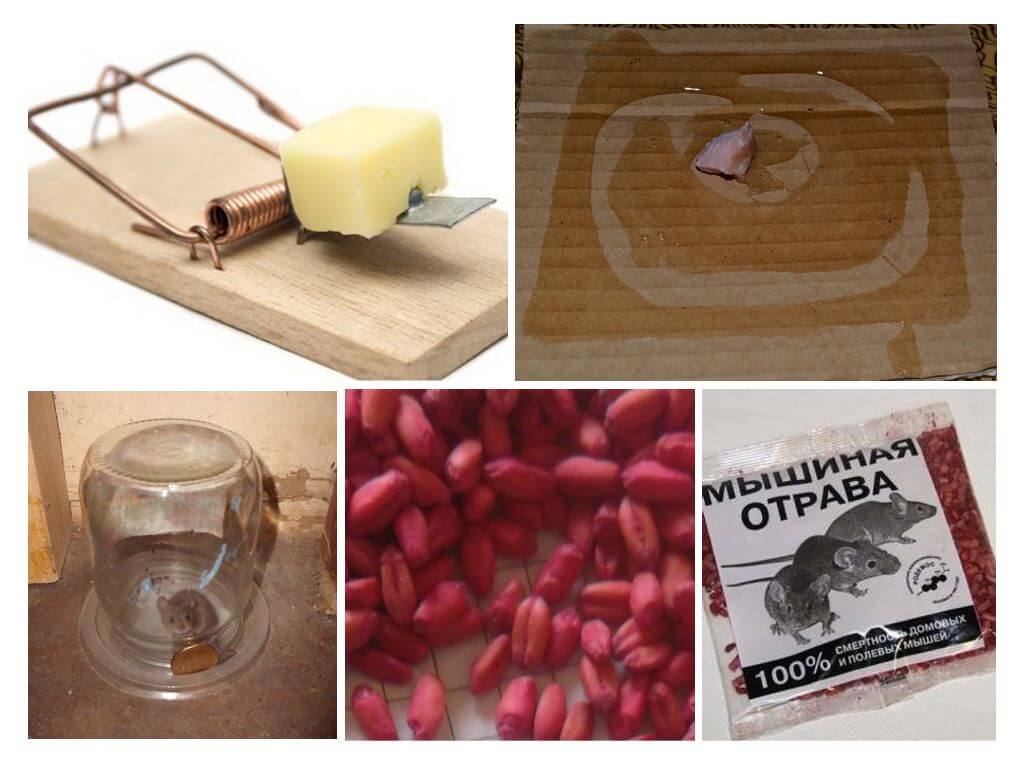
Use of poisons
The modern chemical industry produces poisons for rodents of various operating principles:
- Long-term exposure - such drugs gradually accumulate in the body of mice, causing suffocation or disorientation in space, due to the long-term effect of mouse relatives do not have time to determine the cause of death of their counterparts, death occurs only after 4-10 days.
- Poisons of instant action - cause hemorrhages inside the mouse organism, killing the animal almost instantly, the mouse does not have time to run away from the bait and its corpse will not have to be looked after;
- Mummifying poisons perform the function of embalming a mouse corpse that dries out and will not emit an unpleasant odor.
Interesting!
All rodents very quickly inform each other about the source of danger, therefore, after the death of several individuals, the rest of the family will no longer eat the bait with poison for mice.
Folk methods of struggle
Getting rid of rodents with folk remedies can be quite effectively applied using various grass from mice and substances with a strong odor that rodents cannot tolerate.
In the cellar you can use:
- sharply smelling bunches of dried wormwood, black root (which is not for nothing called a rat rat), tansy or rosemary - put or hang;
- essential oils of peppermint, camphor or cloves - rags soaked in oil are laid around the perimeter of the cellar, and also pushed into holes that mice gnaw through in the room;
- corners can be processed with liquid naphthalene or kerosene;
- the use of smoke or sulfur bombs can drive out mice, but this is best done while there are no products in the cellar.
When using sulfur drafts, safety rules should be followed so as not to be poisoned by smoke:
- remove all pets and children from the premises;
- do all the work with gloves and better together with a partner to promptly call for help at the first sign of poisoning;
- the checker must not be set on fire near wooden structures or the floor so as not to cause a fire;
- a day after the procedure, make the room air.
The disadvantage of this method: the use of substances with a sharp unpleasant odor can negatively affect not only rodents, but also products.
Using lures
Mice can be taken out of the cellar using various lures:
- A mixture of flour with alabaster (or putty) and a bowl of water placed next to it acts as follows: after eating the bait and drinking the animal water, the mixture turns into stone and causes its death.
- Mouse bait in the form of sugar and quicklime, after passing into the stomach of a mouse, it causes a burn of the esophagus, after which the animal will try to run out to the street more quickly, which will help get rid of its corpse and subsequent smell.
- A mixture of pieces of wine cork with a bait, after eating by rodents, leads to blockage of the digestive passages and the death of the mouse.
- Sprinkling the floor with wood ash, which, sticking to the feet of animals, causes them irritation. Licking them, the mouse eats ash, which provokes stomach pains, as a result of which rodents leave the cellar.
Ultrasonic Repellers
One of the most humane ways to get rid of mice in the cellar in winter is by using ultrasound scares. The ultrasound that such a device emits affects the nervous system and the psyche of rodents, as a result of which they run away in a panic away from the sound source. A man does not hear the sounds of ultrasonic frequency.
With this method of struggle, it is necessary that the repeller works in the cellar almost constantly for 2-3 weeks, and then use the device only for prophylaxis or after the repeated arrival of rodents.
Reviews
Help advice, pliz. My mice entered the cellar and dig holes for themselves, in my opinion, even mice have already been born. I read the article, tried to set mousetraps, but after 3 mice got caught, the rest are no longer caught.
Albina, Voronezh
I threw the cat into my cellar, he is now the master there, I only put some water on him and sometimes I let him out to breathe air. The room now has a constant cat smell, and mice are very afraid of it.
Pavel, Eagle
The most effective way: to put an ultrasonic repeller. If there is no light in the cellar, you can use the battery-powered model. I set it for 2-3 weeks, and all the rodents ran away. Try it, do not be disappointed. The only drawback: the repeller is quite expensive compared to a conventional mousetrap, but there is a guarantee of successful disposal of rodents.
Igor, Belgorod
